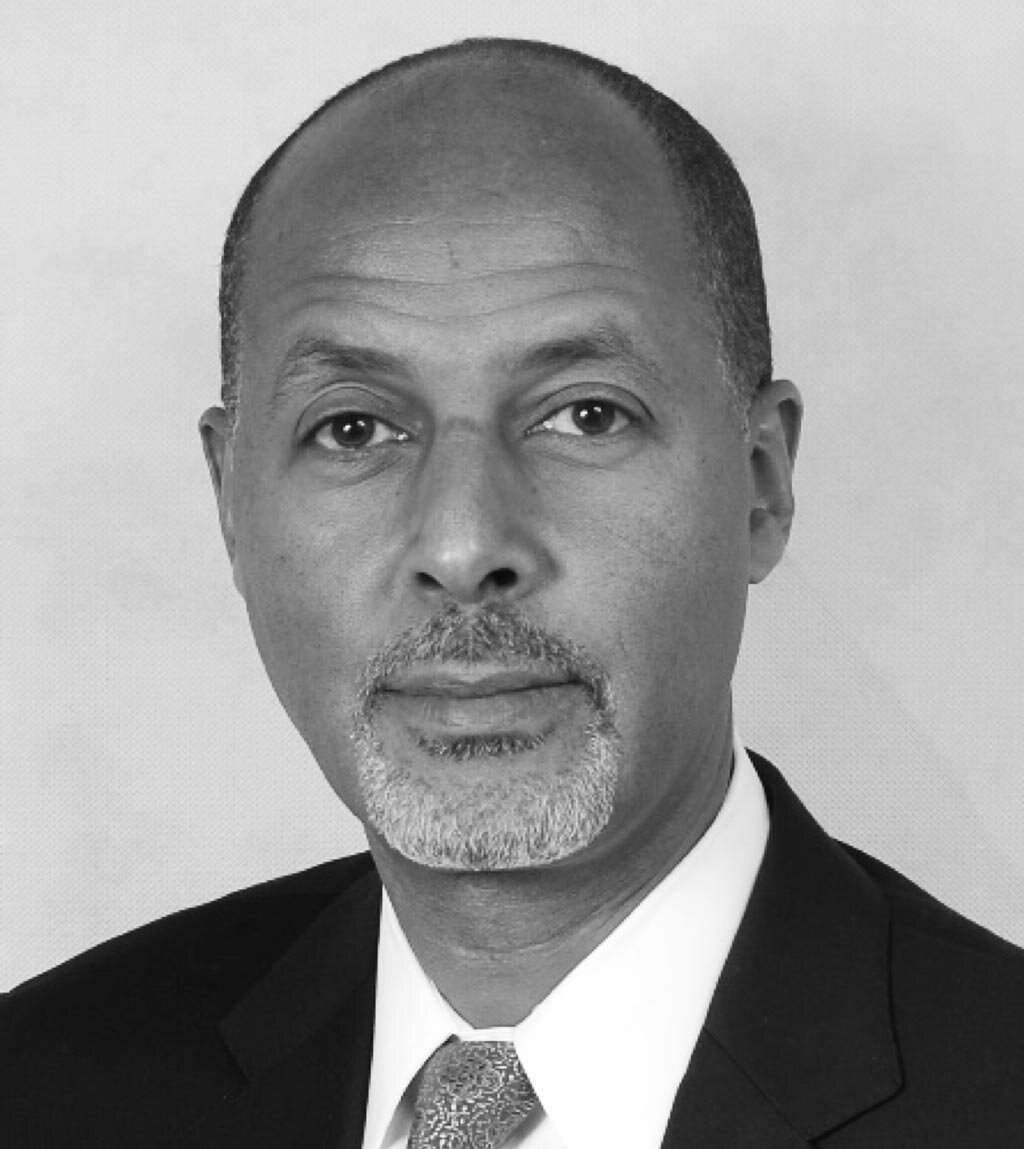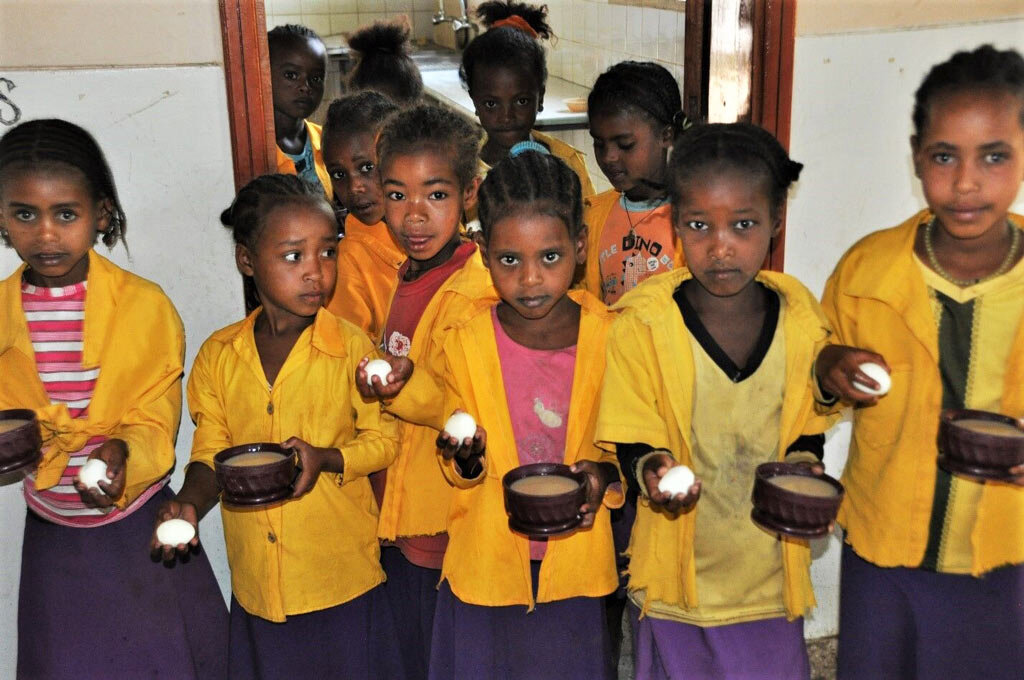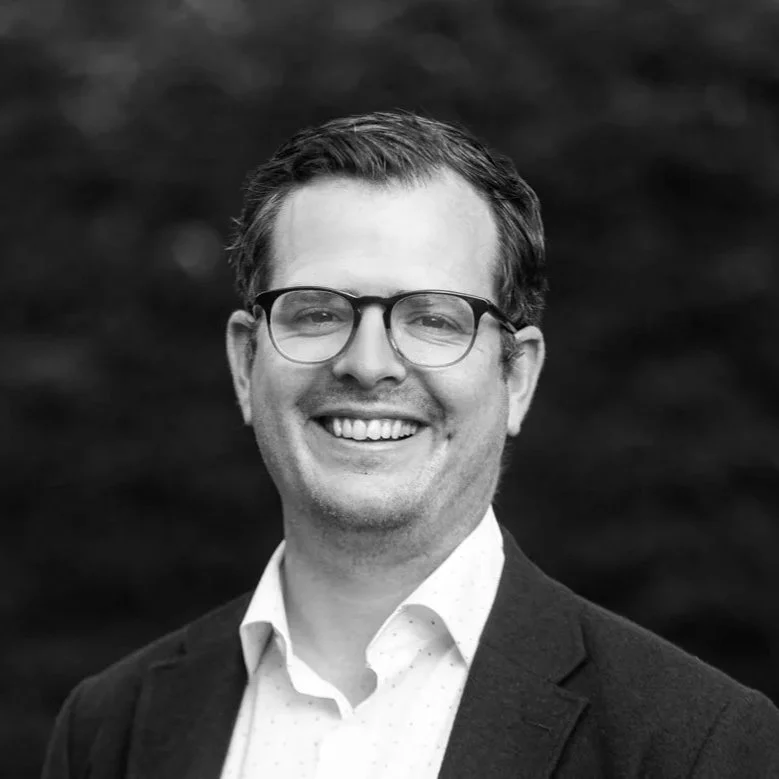Bete Demeke On The Five Essential Components For Rural Community Development
Bete Demeke is the President and Vice-Chairman of the Board of Project Mercy, a US-based and registered non-profit organisation implementing programs designed to eliminate poverty in rural communities.
Project Mercy started operations in Africa forty-two years ago providing aid (shelter, food, health care, education, and resettlement assistance) to refugees in seven countries. For the past twenty-eight years, the organisation has focused its efforts exclusively in Ethiopia with development programs that lift communities out of poverty.
Prior to joining Project Mercy, Bete has over thirty years of experience with IBM in Information Technology. His last post was as the Vice President of Software for IBM’s Growth Markets, headquartered in Shanghai, China. He was responsible for managing a multibillion-dollar business and leading over five thousand employees, in more than 140 countries, across Asia, Central and Eastern Europe, Middle East and Africa, and Latin America. Bete was a member of IBM’s Growth and Transformation Team (GTT) – a selected group of senior IBM executives that are change-agents for transformation and growth of the company. Following a two-year sabbatical from IBM to serve in Project Mercy, Bete retired from IBM in mid-2016 and now holds the responsibilities as President and Board Vice-Chairman of Project Mercy Inc.
Bete shares insights from setting up and running a range of Projects in Ethiopia to improve health and respond to community needs, whilst discussing the shift that is taking place in the nonprofit sector.
Highlights from the interview (listen to the podcast for full details)
[Tom Allen] - Could you please share a bit about your background and what led to your work in the nonprofit sector?
[Bete Demeke] - I've always been passionate about making impact in rural communities and spent over 30 years working in corporate America. When it came time, I decided to make a transition to work with Project Mercy. In the spirit of full transparency, the organisation was started by our parents as an aid organisation assisting refugees and famine victims. But I know 28 years ago, the focus shifted from aid to development and now we primarily focus on development with time to time engagement in aid as the situations requires. So that is the brief background. It's really a rooted and long-held belief and a passion and interest in making an impact in really rural settings.
Wonderful. So as President and Vice Chairman of Project Mercy then can you tell us a little bit more about the work being undertaken in Ethiopia and some of the recent outcomes?
Sure.
Over time, we have evolved our model to bring five components that we believe are essential for rural community development. These five components are education, health, nutrition, vocation and infrastructure development.
By working closely with the community to interweave and execute programs in these five areas, we really are impacting lives and helping to change and shift the way communities develop. So to give you some examples, to take these words and make them concrete, we opened the first school ever in this rural community called Yetebon, Ethiopia. And on the first day, we had 358 students in this new school we opened. Today, we have over 1,600 students enrolled in our school. And in addition, the community has worked with local leaders and local government to open five additional schools.
So today, there are over 3,500 children that have the opportunity for education. So the number really is 10 times more than what we started with when we opened the first school. If I give you another example. Something similar can be said for the Clinic we started, which has now been replaced by a 52 bed primary hospital in the school community, that in 2018, served over 15,000 patients. But the clinic is operational and is delivering proactive daily care for students in the school, where roughly between 10 and 15 students every day come for all types of health needs. These are the kinds of injuries that you would expect little kids in school to have. They bang their toe, they have an infection. Sometimes there's even some sort of an outbreak in that school. So that's another example of working in that community
When it comes to things like nutrition, we've taken a dual approach. Where, for our students, we actually serve breakfast and lunch for children that are in pre-kindergarten to eighth grade. But at the same time, we propagate these improved skills in vegetable and fruit trees and dairy cattle and poultry farming. So that the community itself has improved nutrition in the home, as well as there's opportunity before some economic empowerment by taking for example, excess supply of vegetables, or excess supply of milk, or excess supply of eggs, and selling it into the market and creating income opportunities. So Tom although, I haven't touched on vocation infrastructure, but I'm sure you can see how these five components of education, health, nutrition, vocation and infrastructure, they work together to drive impact in rural communities.
Yeah, absolutely. And there's some phenomenal impacts being made there Bete. So, well done on leading the charge of the organisation. Now I'm really excited to meet you in a week or so in Addis Ababa, because you're a speaker at this year's Social Enterprise World Forum. So what are you most looking forward to about the World Forum this year?
Well, three thoughts come to mind. The first, we are very excited to participate in the first ever Social Enterprise World Forum held in Africa. And certainly very honoured of being here in Ethiopia, to be here and we look forward to meeting you and in the small way that we can in hosting.
Second, we understand that there are 1,200 attendees that will participate. I think that's the number, maybe more. And they're a mix of social enterprise leaders, policy makers, partners, private sector representatives, academics, practitioners and others coming from over 40 countries around the world.
We think this is going to be an exceptional opportunity for learning and for sharing new ideas. We're looking forward to learning from the wealth of knowledge that's going to be available. And lastly, we're also looking forward to sharing our model for rural community development.
We look forward to being joined by other like-minded participants in propagating this integrated model of community development that I mentioned earlier.
It's going to be such a great event with such an amazing group of participants globally. At the forum Bete, you'll be presenting on a panel discussing social enterprise in community health. So can you please share with us how social enterprise in community health is implemented in the work that Project Mercy is doing in rural Ethiopia?
Tom, thank you very much for asking this question. To start getting at the answer, I’d like to first decouple the words, social enterprise and community health for a moment.
I think the broad definition of social enterprise is an enterprise, private or public, that is cause-driven and it’s primary reason for being is to improve, or serve a common good of community, people or society.
When we look at community health, I think that's the total sum of all initiatives; education, health, hygiene, sanitation, clean water, and of course, healthcare services. So, as I mentioned to you earlier, we at Project Mercy work very closely with the community to address needs that are raised not by us, but by the community. So as an example, when the community asked for a clinic, which I mentioned earlier, is now a primary hospital, we committed to do our part, but we also asked what it is that the community is willing to do to realise this dream.
So the community got together and they worked amongst themselves to come up with the land on which their hospital was going to be built. The social enterprise part of this is that community figured out how to give up valuable land, which is really how they make their living. And their rural farmers' land is a precious, precious resource, that is passed on from grandparent to parent to child. So, they came up with a scheme by how they collectively are going to give up this very valuable resource so that the hospital can be built for the common good of the people that are living in the area. In essence, they prepaid or they fully financed the land acquisition investment required for this initiative. So, of course, in our portion we brought the total solution together for the community by building this and operating this hospital. But we're also augmenting it with other community outreach programs that have to do with education, hygiene, sanitation, nutrition and other related programs that the community needs.
Of course, it's really impossible to do this type of work without partnerships with other organisations like Johnson & Johnson. I mention Johnson & Johnson, and in full transparency we're participating at this event along with Johnson & Johnson. But really there are many institutions worth and deserve being mentioned, that work in this space and globally, to make this kind of partnership possible, where there is an enterprise with a view, towards really impacting lives in the developing world. And then there's a community at the local level. And then there are organisations like us that actually connect this, make it work at the community level.
Well, it's some fantastic work that's been done there Bete.
So to finish off, I'm really curious to hear, with your deep experience in the nonprofit sector, where you've seen that change in the last five or so years globally. And importantly, where do you see the nonprofit sector going into the future?
Well, if you'd allow me Tom, I'd like to take the liberty to expand on the five year timeframe a bit, and if you go back a little bit of time, the nonprofit sector took a vertical approach to picking an area of need and driving solutions around eradicating that need, and in some cases eradicating that need globally. By the way, that model is still very relevant when you look at a health related issues like Ebola or Cholera or other outbreak prone diseases that impact people.
But the shift that I see is towards taking a holistic approach to addressing needs in developing countries. Because as an example, health related problems really stem from lack of education, or the lack of nutrition, or the lack of improved infrastructure. Other problems related to poverty stem from illiteracy, or lack of vocation, or lack of nutrition, or lack of health.
So, these things are highly interrelated. I'm aware of and you probably have also seen some of this developing… in very well respected institutions like Stanford University are grappling with the challenge and the approach of creating what is called ideal villages globally. That take an integrated approach to solving problems in rural communities. And what we're seeing is that these innovative approaches actually have ways of being able to feed on each other and create more lasting impact.













